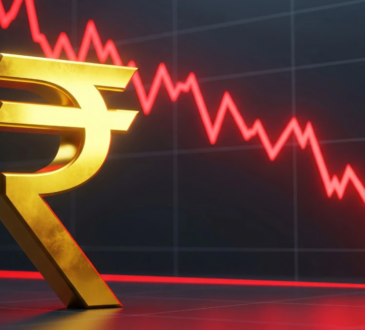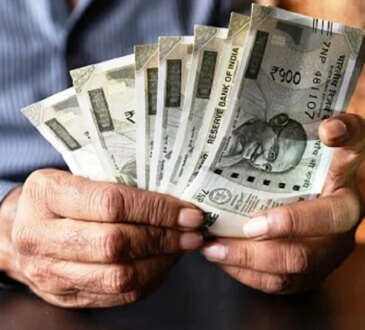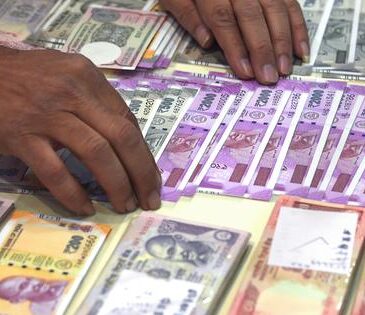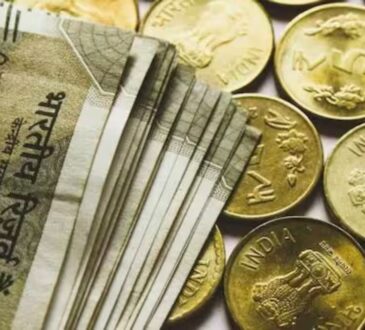With the Value of Paper Currencies Collapsing, Low-on-Cash Brits Are Selling Their Gold Teeth To Make Ends Meet
With the value of the dollar collapsing to less than a 3,100th of an ounce of gold, some cash-strapped Britons are starting to sell their gold teeth to pick up dollars.
The owner of a gold dealer in Royal Wootton Bassett, England, informed British news outlet, the Sun, of the “distressing” trend last week, noting that his gold company, Gold Traders, has been buying up an estimated 100,000 pounds worth of gold every day.
In addition to the “steady increase” in gold teeth sales, Mr. White is seeing Britons trading in their wedding rings, charm bracelets, and gold sovereigns. “We’re about to hit April when people’s bills will go up so they have to find more money. Trading in their gold is a good option,” Mr. White told the U.K. news outlet.
The uptick in gold trade-ins comes as millions of British households are expected to face significant increases in gas and electricity bills, council taxes, and water costs. Given that so many costs are expected to rise at once, Brits have dubbed this month “Awful April.”
It’s no surprise that cash-strapped Brits are looking to their golden goods to relieve their financial woes. The precious metal has risen in price by a whopping 18 percent this year, outpacing America’s most popular public equity indices such as the S&P 500, the Dow Jones Industrial Average, and the Nasdaq Composite. The upward trend has led the price of gold to break record after record, most recently clocking in at a new high of $3,106 per ounce.
Interest in gold — which is viewed as a safe haven asset and also a hedge against inflation — has skyrocketed amid increasing geopolitical and economic uncertainties. The rally is expected to hold as central banks across the globe continue to buy up the monetary metal in an effort to reduce reliance on the American dollar. Such a tactic has been employed by countries like Iran, Russia, and Communist China, as a means to protect their economies from international trade restrictions.
Additionally, a coalition of developing countries known as Brics — an acronym based on its initial five members: Brazil, Russia, India, China, and South Africa — is considering adopting a gold-based currency that would rival the current system of fiat money. The idea was floated during the coalition’s most recent summit in Kazan, Russia. Brics countries started hoarding gold at rates faster than the rest of the world as early as 2018.
The consistent interest in gold has recently prompted banks like Goldman Sachs, Bank of America and UBS to up their predictions for the monetary metal’s annual growth. Goldman raised its forecast for the end up the year up to $3,300 an ounce from $3,100 while Bank of America predicted that gold will sell for $3,063 per ounce in 2025 and $3,350 per ounce in 2026 — a significant bump from its previous estimations of $2,750 and $2,625, respectively.
The dollar, for its part, has shed 99 percent of its value in gold since the collapse of the Bretton Woods agreement in 1971, bringing the greenback’s current value to little more than a 3,100th of an ounce of gold.
“The uptick in Brits selling gold to pay bills underscores one of the benefits of holding the yellow metal — it can serve as a lifeline in a time of financial stress,” a market analyst for an American online gold market, Money Metals, Mike Maharrey, writes.
Mr. Maharrey, in his column, insists that “gold is money” and that it “will continue to be money long after fiat currencies meet their demise.” He adds: “No matter where you are in the world, you will be able to find somebody willing to transact business in gold — even if you have to pull it out of your mouth.”




